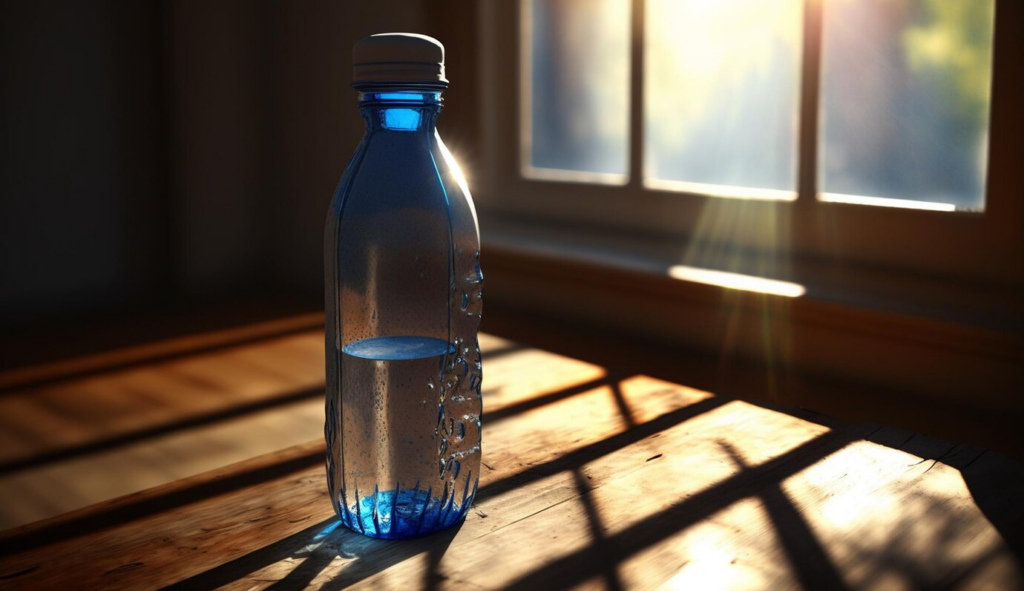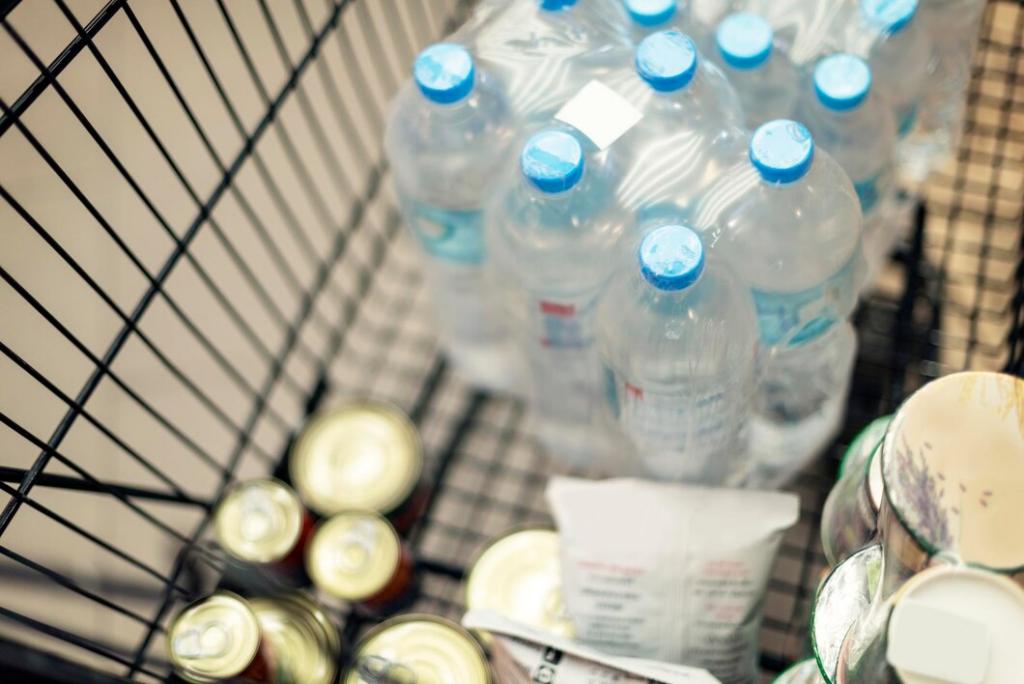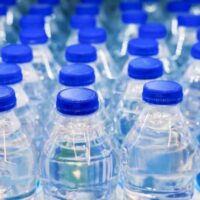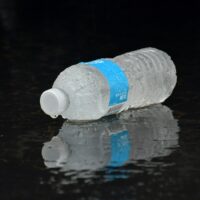Bottled water has become a popular choice for many, providing convenient access to this vital resource. Water is more than just a basic human need. It’s a lifeline that courses through our bodies, facilitating numerous physiological processes that keep us alive and well. Our reliance on it is universal, transcending geographical, cultural, and socioeconomic boundaries. It’s why countless people across the globe prioritize clean drinking water, valuing its indispensable role in health and wellness.
However, in our urbanized and convenience-driven world, bottled water has rapidly emerged as the go-to choice for many. It’s seen as a beacon of purity amidst concerns about municipal water supplies, often accompanied by images of pristine springs and untouched glaciers on its packaging. This portrayal suggests not just quality, but an implicit promise of safety.
But how reliable is this promise? Recent research has punctured this cocoon of trust. Some of these bottled brands contain toxic chemicals, which calls into question our preconceived conceptions. These are not harmless additives; they are associated with severe conditions such as neurotoxicity and thyroid dysfunction. This highlights an important message for everyone: when it comes to the water we consume, assumptions are insufficient. Vigilance is essential.
The Vital Role of Pure Drinking Water

Imagine a day without water; it’s more than just a fleeting thirst. The significance of pure drinking water extends far beyond quenching our thirst; it is essential to our health and the very essence of life. To function optimally, every cell, tissue, and organ in our bodies craves this pure elixir.
Historically, civilizations flourished near water sources. Why? Clean water is not just for drinking. It plays an irreplaceable role in hygiene, cooking, and various rituals that form the mosaic of our cultures. Yet, in our modern world, we sometimes take its purity for granted, forgetting that not all water sources uphold the gold standard of cleanliness.
Contaminated water can be a silent adversary. It may harbor invisible threats that, over time, can lead to health complications. Ensuring the water we drink is pure and uncontaminated not only secures our immediate health but also acts as a long-term insurance for our well-being.
The Dangers of Toxic Chemicals in Drinking Water
The purity of our water is not merely a luxury; it is a necessity for our health. When toxic chemicals enter our drinking water, they introduce a multitude of health hazards that are difficult to ignore.
Neurotoxicity is a paramount concern in this context. Simply put, it pertains to damage inflicted on the brain or peripheral nervous system due to the influence of toxins. This harm can manifest in a variety of ways:
- Headaches and blurred vision: Often dismissed as routine discomforts, these could be early signs of toxic exposure.
- Tremors and seizures: More severe neurological disruptions hint at deeper, more alarming damage.
- Memory lapses: Struggling to recall simple details or cherished memories can be a direct fallout.
Further complicating matters is the ripple effect of reduced brain activity. Not only is the medical facet a concern, but the implications it has on daily life are vast. Everyday tasks, from simple calculations to critical decision-making, may become herculean efforts.
But the toxic onslaught doesn’t stop at the brain. The thyroid, an essential gland governing metabolism and energy, can be another target. Disturbances here can lead to:
- Unexpected weight fluctuations: Rapid gain or loss without apparent reason.
- Chronic fatigue: Persistent tiredness irrespective of rest.
- Emotional disturbances: Including mood swings and bouts of depression.
How These Chemicals End Up in Bottled Water
Often, the appeal of bottled water rests in its representation of purity. Advertising depicts a pristine sanctuary, far removed from the clamor of human activity. Yet, the reality is often starkly different, posing the question: how do harmful chemicals get into a product that is expected to be pure?
Water Sourcing for Bottled Brands:
At the heart of bottled water production lies the source. Many brands boast of sourcing their water from natural springs, mountain streams, or underground aquifers. While these sources may start off as pure, they aren’t necessarily insulated from contamination.
Rainwater runoff from nearby areas can introduce pollutants, and even remote springs can be tainted by airborne pollutants over time.
Industrial Pollution and Filtration Concerns:
Modern industries have been both a boon and a bane. Their output might drive economies, but their byproducts often include toxic chemicals that can seep into the ground and waterways. Even when bottled water companies use sources near industrial zones, it’s expected that advanced filtration processes would eliminate these contaminants.
However, not all bottling plants adhere to stringent filtration standards, and some chemicals are notoriously hard to eliminate completely.
Tap Water and Other Sources:
It’s tempting to think of bottled water as a superior alternative to tap water, especially with concerns about municipal supply contamination. But the bottling process isn’t foolproof. In fact, there are instances where bottled water is essentially tap water that’s been minimally treated.
Regulatory standards for tap water, especially in developed countries, are often more rigorous than for bottled water. Thus, ironically, the tap in your home could sometimes provide water that’s as pure, if not purer, than some bottled counterparts.
List of Toxic Chemicals in Bottled Water
- Bisphenol A (BPA):
- Origin: Used in making certain plastics and resins.
- Concern: Exposure can affect the brain, behavior, and hormone levels, especially in young children.
- Phthalates:
- Origin: Plasticizers added to plastics to increase their flexibility.
- Concern: Known endocrine disruptors, they can interfere with hormonal activity, leading to reproductive issues.
- Chlorine:
- Origin: Commonly used disinfectant.
- Concern: While effective against microbial contaminants, in high levels, chlorine can lead to respiratory and thyroid complications.
- Fluoride:
- Origin: Natural mineral added for dental health.
- Concern: Excessive amounts can lead to dental fluorosis in children and bone issues in adults.
- Microplastics:
- Origin: Tiny plastic particles resulting from the degradation of larger plastics.
- Concern: Potential to accumulate and deliver toxic chemicals inside the body.
- Pesticide Residues:
- Origin: Runoff from agricultural areas.
- Concern: Chronic exposure can lead to a range of health problems, from headaches and fatigue to more severe conditions.
- Heavy Metals (like Arsenic, Lead):
- Origin: Natural occurrences or industrial processes.
- Concern: Prolonged exposure can affect vital organs, and in the case of lead, can severely impair cognitive functions.
- PFAS (Per- and polyfluoroalkyl substances):
- Origin: Man-made chemicals used in a wide range of products.
- Concern: Known as ‘forever chemicals’ due to their persistence in the environment, they can lead to hormonal imbalances and even increase the risk of certain cancers.
22 Bottled Water Brands with Fluoride to Be Cautious Of

22 bottled water brands that include fluoride in their products. While fluoride can offer dental benefits, it’s essential to understand the levels, source, and purpose of its inclusion in bottled water.
- Belmont Springs: A trusted name, yet it makes our fluoride list.
- Arrowhead: Think mountains and purity, but fluoride’s in the recipe.
- Crystal Rock: Not as crystalline as the name might suggest.
- Deer Park: Looks serene, but fluoride lurks within.
- Crystal Springs: Another favorite that’s not without its fluoride content.
- Diamond Springs: Sparkling by name, yet contains the common element.
- Mount Olympus: Might sound majestic, but not devoid of fluoride.
- Ice Mountain: Refreshingly cold, but fluoride’s in the mix.
- Ozarka: A household name, but not without its fluoride inclusion.
- Sierra Springs: Fresh and rejuvenating, but one for fluoride-checkers.
- Aquafina: PepsiCo’s offering brings clarity with a side of fluoride.
- Arrowhead (by Nestlé): A double mention? This Nestlé variant too has fluoride.
- Crystal Geyser: Sounds pristine, but fluoride’s part of the story.
- Deer Park (by Nestlé): Yes, Nestlé’s version, with the fluoride touch.
- Ice Mountain (by Nestlé): Another one from the giant, but the fluoride tale remains.
- Ozarka (by Nestlé): A repeat offender on our fluoride list.
- Poland Spring (by Nestlé): A spring not entirely free from fluoride.
- Zephyrhills (by Nestlé): Nestlé’s offering from the hills, but not fluoride-free.
- Evian: Pristine waters with a caveat – some variants might have natural fluoride.
- Volvic: Another natural source, but certain bottles may not be fluoride-free.
- Fiji Water: Exotic and pure, yet some versions might surprise fluoride-avoiders.
- SmartWater (by Coca-Cola): Smart with its contents, but fluoride is on the list.
Ensuring Your Water’s Purity
In the grand tapestry of life, the importance of water is undeniable. It quenches our thirst, fuels our bodies, and is integral to countless daily tasks. But as vital as water is, its purity is equally crucial. While the complexities of water safety can seem daunting, taking proactive steps can make a significant difference.
By equipping our homes with filtration systems, staying informed through regular water checks, and becoming fluent in understanding quality reports, we can actively participate in ensuring our water’s safety. It’s a journey of empowerment, leading us towards healthier choices and a brighter tomorrow.




Lissa
Thursday 10th of April 2025
What is the safest bottled water